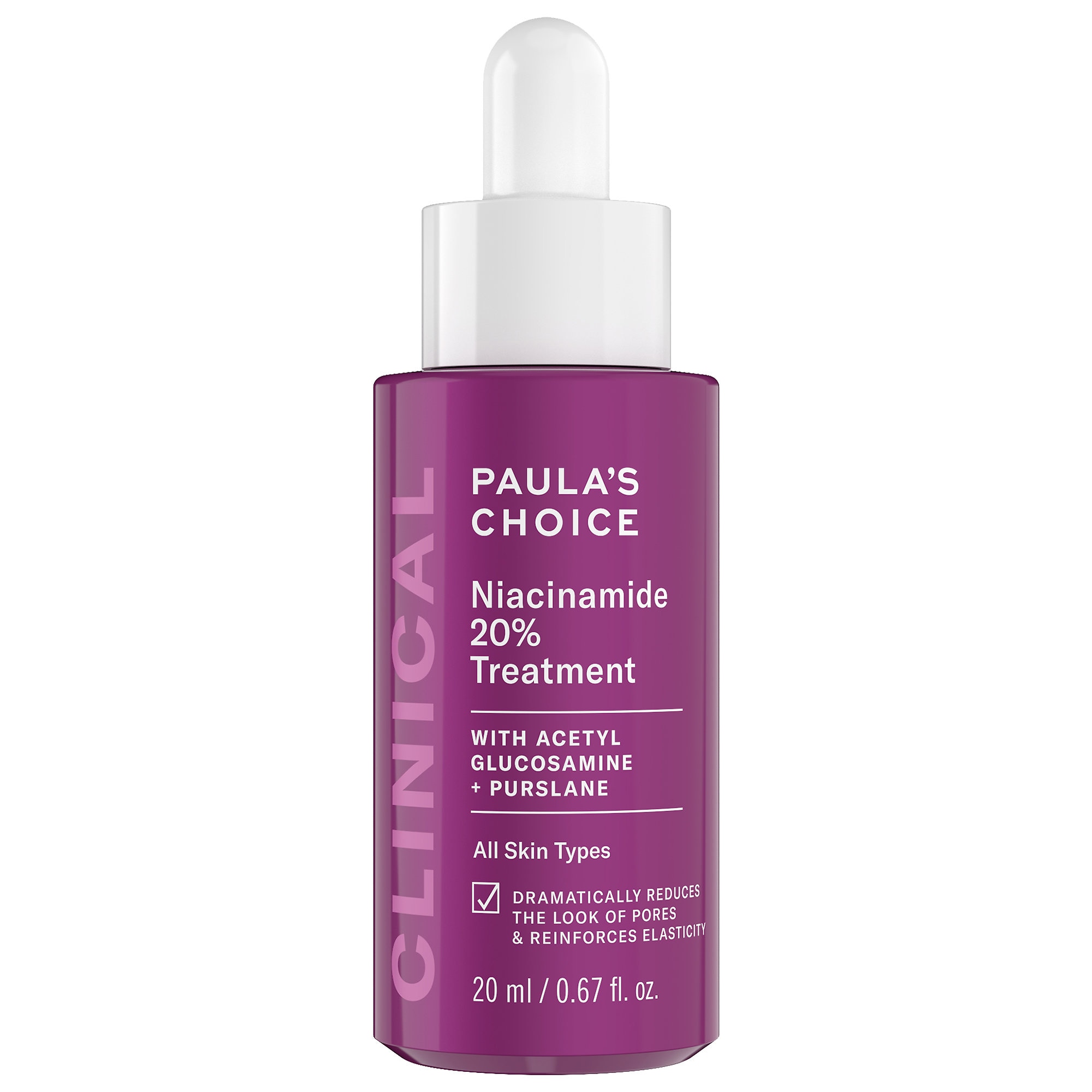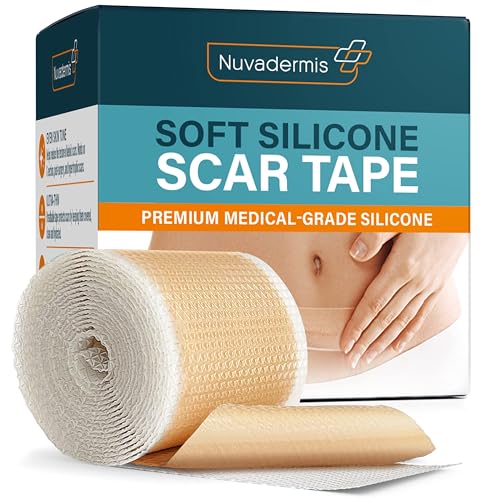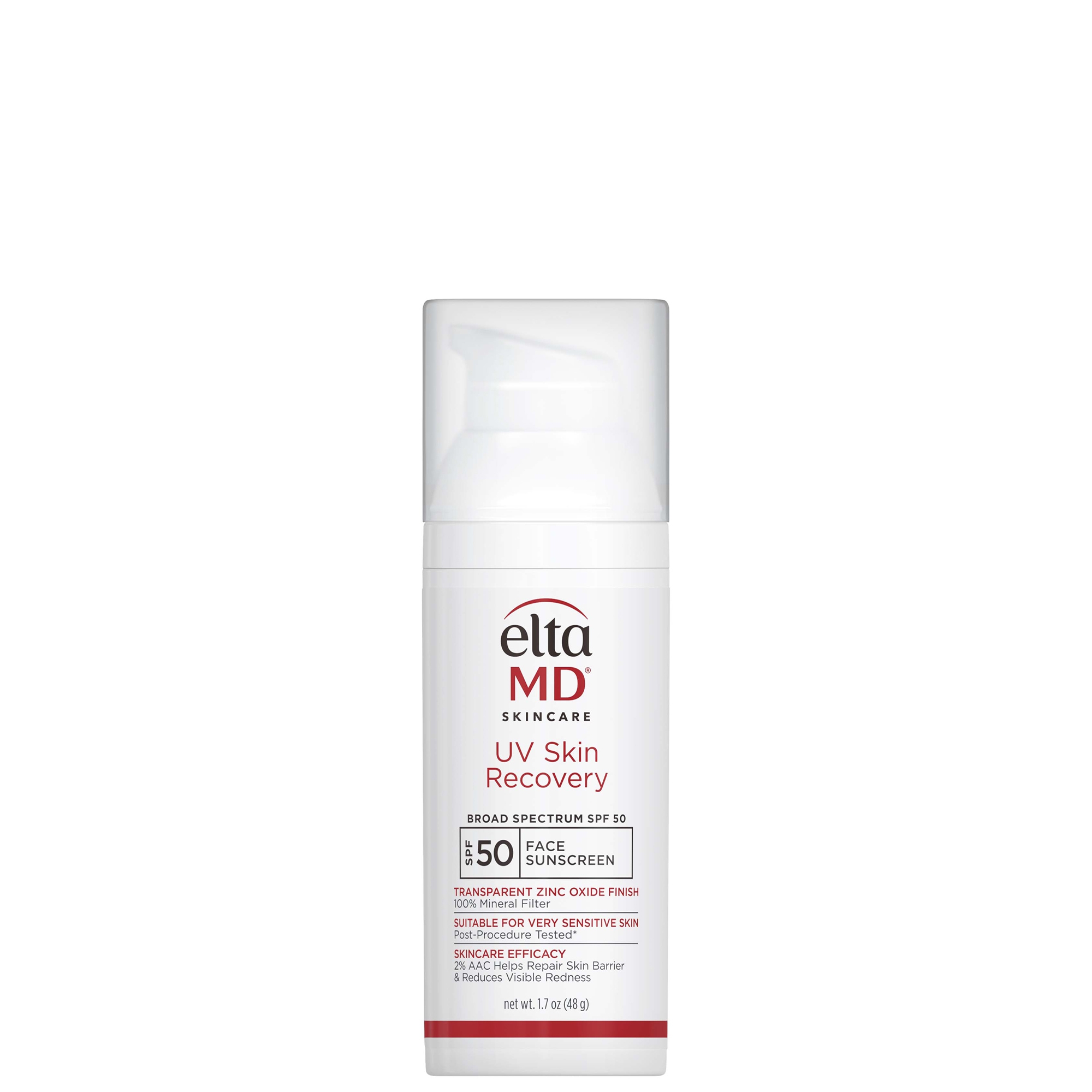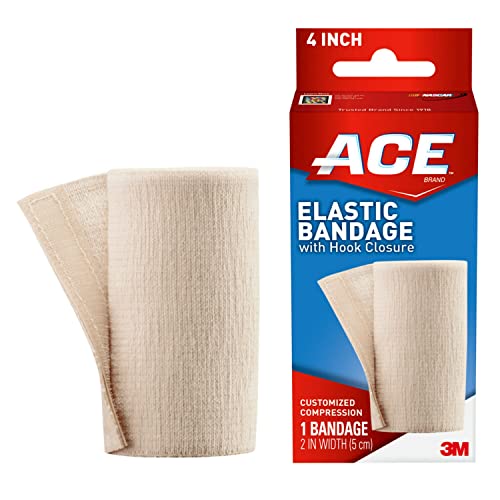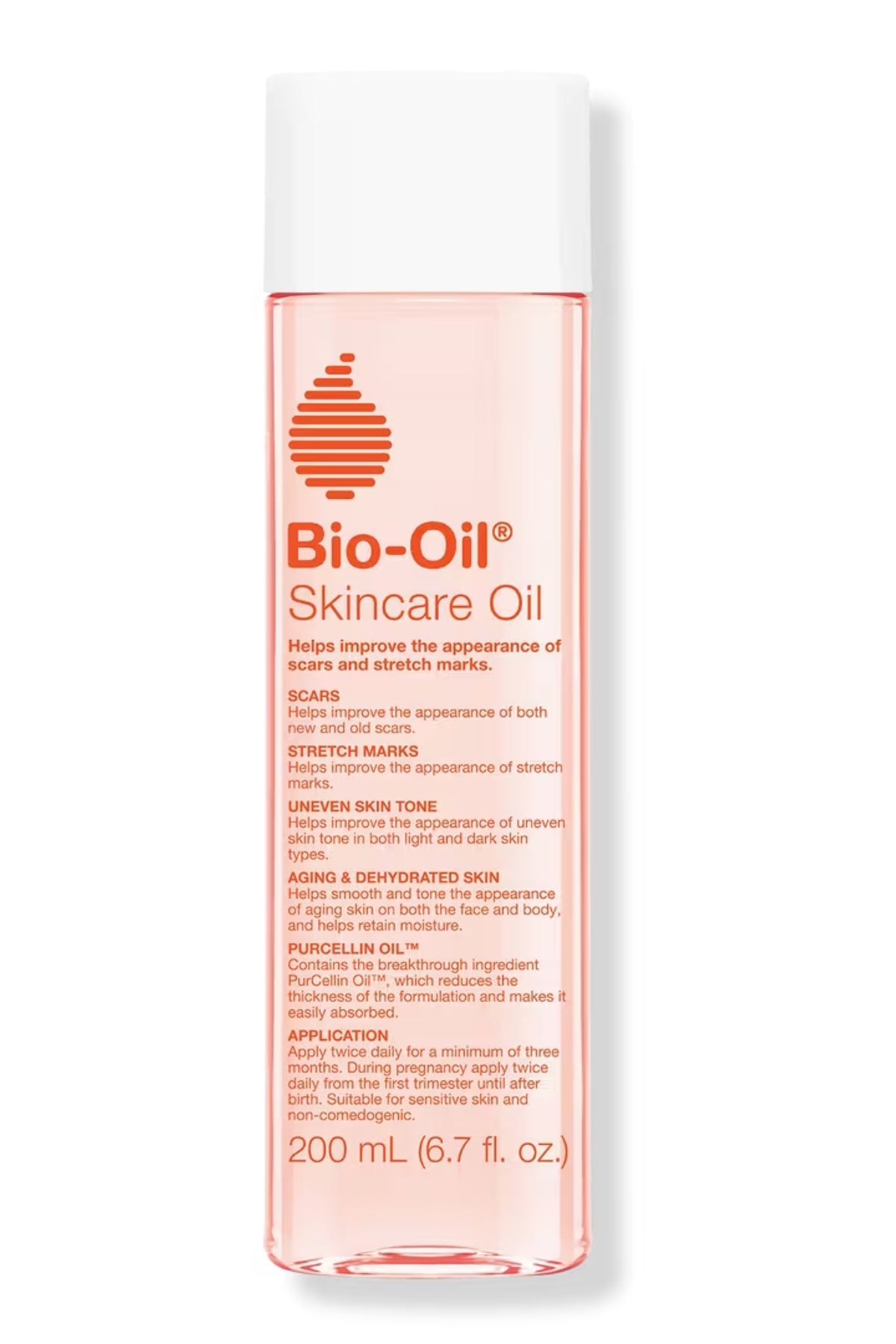A Dermatologist’s Guide to Treating Every Type of Scar
The topical ingredients, pro treatments, and best tips for fading acne spots, post-procedure marks, and everything else.

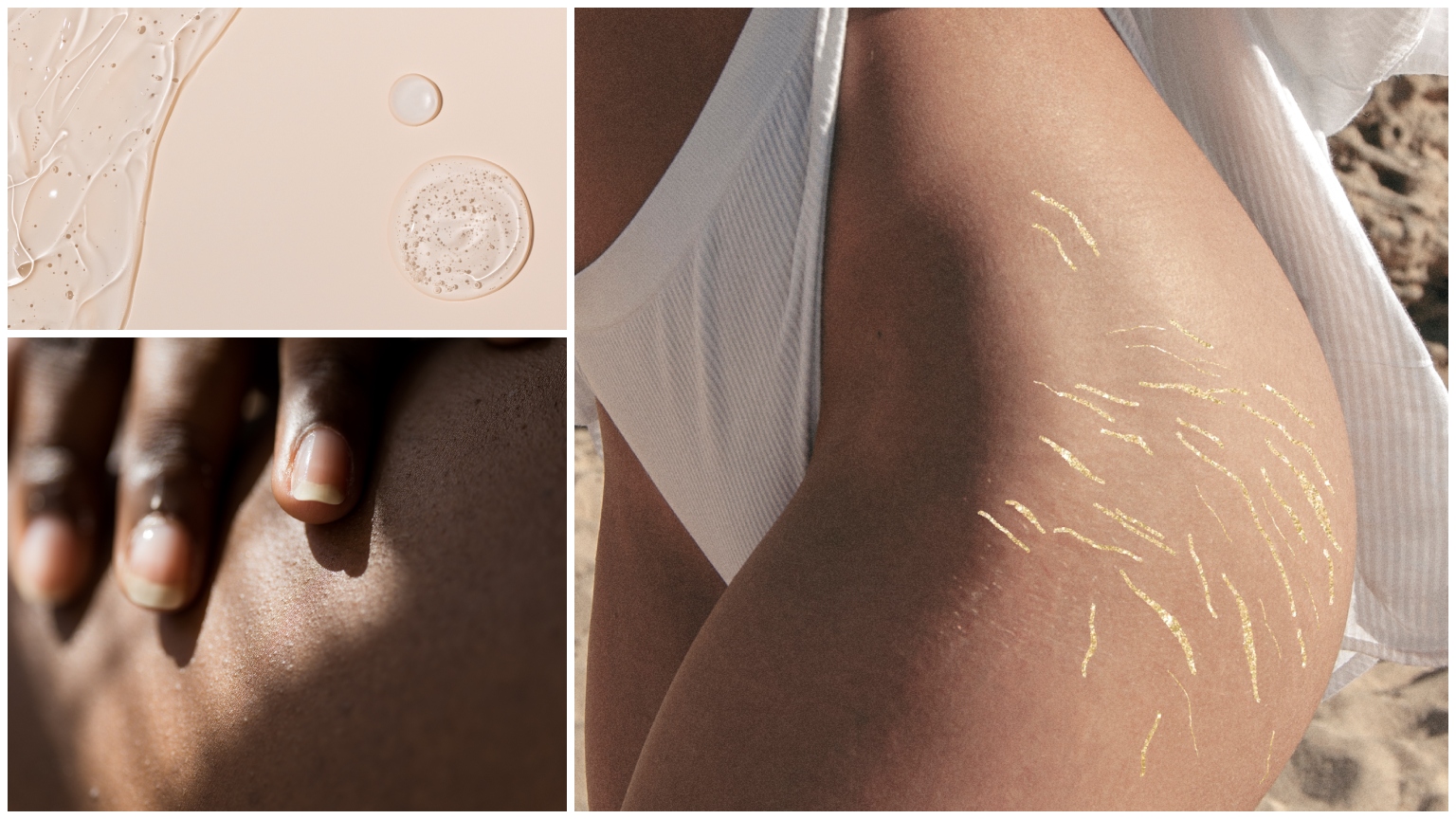
Spend enough time on TikTok, and you’ll be baited by a $12 scar cream that claims to virtually erase every mark. Scroll a little further, and a #Dermfluencer touts a $1,200 laser with a similar promise. The algorithm makes it all seem interchangeable: every scar the same, every fix just a swipe or zap away. But it’s not that simple—scars are complicated. They can be caused by everything from acne and surgery to physical trauma and even bug bites. Each one heals differently, shaped by factors such as skin tone, genetics, and aftercare habits.
Scars are, technically, the body’s repair mechanism in action. But they can also be a very visible reminder of something bigger. I have my fair share of marks from my breast reduction, and even though I’m four years out, I still wonder if they’ll ever fade. There’s absolutely nothing wrong with wearing them proudly—it’s something I’m working on—but it’s equally fair to want them to be less visible. While it’s rare for a scar to fade completely, says board-certified dermatologist Brian Hibler, MD, they can be “camouflaged with the surrounding skin.” The trouble is, when every product and procedure claims miracle results, figuring out what actually works (and for which type of scar) can feel overwhelming fast.
That’s why I went straight to the professionals. I asked board-certified dermatologists to break down the most common types of scars and separate what treatments work from what doesn't. Because if you’re going to spend money, it should be on a product or procedure that actually fades scars. Keep reading for the best in-office and at-home treatments to invest in to help heal and camouflage scars.
What Is a Scar?
Put simply, “a scar is the normal healing mechanism your body employs to repair tissue,” says Dr. Hibler. Beneath the skin, collagen fibers are rapidly produced to close the wound and protect the area. However, unlike normal skin, the collagen is laid down in a more disorganized way. The result? The tissue looks and feels different, and can appear raised, flat, or indented depending on the type of injury and how your body heals, says board-certified dermatologist Dendy Engelman, MD.
Some people are simply more prone to scarring than others, and it comes down to genetics and how each person’s unique skin heals. And a not-so-well-known fact? Stronger inflammatory response or higher collagen production can lead to thicker, raised scars called keloids. Skin tone also plays a role: darker skin tends to be more susceptible to dark marks and keloids. On top of that, how you care for the wound and whether it gets irritated or infected can affect the final look of the scar. And that final look? The scar can keep evolving for up to 12 months after the initial injury—or even two years depending on the degree of the trauma.
Types of Scars
- Acne Scars
- Surgical & Injury Scars
- Raised Scars
- Stretch Marks
Acne Scars
- What They Are:
Not all marks left behind by breakouts are actual scars, says Dr. Engelman. Post-inflammatory hyperpigmentation (PIH) is the dark discoloration that lingers after a breakout; it’s not a true scar, but instead a temporary pigment response to inflammation. These flat spots are especially common in medium to deep skin tones and usually fade over time. “True acne scars, however, involve a change in skin structure, like pitted (atrophic) scars or raised (hypertrophic) scars, where there’s actual collagen loss or buildup,” says Dr. Engelman.
- How to Treat:
Like all scars, treating acne-specific ones requires a tailored approach depending on the type and your skin tone. For fading dark marks, Dr. Engelman recommends gentle but effective ingredients such as niacinamide, which helps regulate pigment production while calming inflammation, and vitamin C, which brightens and protects the skin from further discoloration. Azelaic acid is ideal for both acne and pigmentation, especially for sensitive skin or those prone to melasma. Retinoids speed up cell turnover, fading marks faster and preventing new breakouts. “And for more stubborn spots, I often recommend tranexamic acid as a newer, well-tolerated brightener that works beautifully on lingering hyperpigmentation,” she says.
Get exclusive access to fashion and beauty trends, hot-off-the-press celebrity news, and more.
For textured or indented scars, in-office treatments vary. Dr. Engelman points to microneedling with radio frequency as a go-to treatment—it works by stimulating collagen production, gradually smoothing and improving the skin’s texture over time. For deeper scars, fractional lasers like Fraxel or CO2 are super effective, though they require some downtime and are generally best for lighter skin tones to reduce the risk of pigmentation side effects.
Another worth-it investment is subcision, a minimally invasive technique that releases the fibrous bands pulling down the scar, which helps to lift and flatten the area. And for an instant fix, injectable fillers can smooth out rolling scars while also encouraging collagen growth for benefits in the long term.
The Best Acne Scar Products
Surgical & Injury Scars
- What They Are:
These scars result specifically from damage to the skin’s deeper layers, often involving more intense trauma than everyday cuts or injuries. While all scars form through the body’s repair process, surgical and injury scars are often lumped together because they can be larger or more complex.
Depending on the type of surgery you get, the surgeon’s technique, your post-procedure aftercare, and individual healing, these scars can range from thin, faint lines to thicker, larger marks.
- How to Treat:
Treating surgical or injury scars starts with prevention. Dr. Engelman emphasizes keeping the area “clean, protected, and consistently hydrated.” However, before applying any topical product to the area, consult with your doctor as infection or irritation is always a possibility. Once the wound is closed, she recommends applying silicone gels or sheets daily, as they “help flatten and fade the scar by regulating moisture and collagen production.” Sun protection is essential, as UV exposure can permanently darken scars, so applying broad-spectrum SPF or covering the area with clothing is a must. Consciously remind yourself to avoid picking, scratching, or using harsh products to prevent inflammation and bad healing.
Beyond prevention, as the scar begins to heal, you’ll begin to see what kind it’s going to be: whether it be a flat thin line, a raised hypertrophic scar, or an indented atrophic scar. Identifying the scar type early on is key to determining the best treatment approach, as every scar is different, so the plan needs to be customized “based on factors like skin tone, scar age, location, and how it’s responding to earlier treatments,” says Dr. Engelman.
The Best Surgical & Injury Scar Products
Raised Scars
- What They Are:
Raised scars can present in two different ways: hypertrophic scars and keloids. According to Dr. Hibler, a hypertrophic scar is “excessive scar tissue that remains confined to the original wound,” while a keloid “extends beyond the original wound edges.” Hypertrophic scars usually develop more quickly, whereas keloids can take weeks or even months to appear. “Keloids are typically harder to treat and more likely to recur, but the treatment options are the same for both types of scars.”
- How to Treat:
If a raised scar is sensitive, itchy, or causing discomfort, Dr. Hibler says the best first step is steroid injections in the office, and he notes that they are often covered by insurance. For some, using steroid creams covered with a dressing or wrap helps the medicine absorb better and can reduce scar thickness. When these treatments aren’t enough, lasers—especially CO2 and Erbium—can be used to remodel the scar by creating tiny controlled injuries that encourage healthier skin growth, he explains.
Again, prevention during the healing stages plays a key role, too. Silicone gels and sheets have been shown to help prevent hypertrophic scars when used early, and for certain injuries like burns, Dr. Hibler points to pressure garments or therapy as they can also reduce the risk of raised scarring. Daily massage also helps by gently breaking down excess collagen and improving blood flow—use firm pressure, not enough to cause pain, but enough to feel the scar tissue beneath the skin.
The Best Raised Scar Products
Stretch Marks
- What They Are:
While stretch marks aren’t actually considered scars, they do share similarities. Dr. Hibler explains that they happen when the skin stretches rapidly—like during growth spurts, pregnancy, or weight changes—causing tiny tears in the deeper layers of the skin. This happens because the collagen and elastin fibers that keep skin firm break down during this process. Visually, stretch marks start as red or purple streaks and gradually fade to silvery or white lines that are slightly indented or textured.
- How to Treat:
“Stretch marks are one of the most challenging skin concerns to treat cosmetically,” says Dr. Hibler. That said, there are options. The first-line treatment options include topical retinoids to strengthen collagen and help with texture. For new, red stretch marks (known as striae rubra), early treatment with lasers like PDL (Pulsed Dye Laser)—which targets blood vessels to reduce redness and calm irritated skin—can be helpful. Older or more stubborn stretch marks may benefit from microneedling and laser therapies that stimulate collagen production. However, Dr. Hibler notes that these treatments typically require multiple sessions, and the results can vary.
There’s also no shortage of “stretch mark reducing” at-home treatments on the market, though they have limited capabilities. Dr. Hibler recommends hyaluronic acid to plump and hydrate the skin, retinol for collagen production, and vitamin E for moisturizing and antioxidant properties. He also notes that some over-the-counter products contain centella asiatica, and although there isn’t a ton of research supporting the ingredient for stretch marks, “it’s meant to enhance collagen production, reduce inflammation, and improve skin elasticity.”
The Best Stretch Mark Products
How to Choose the Right Scar Treatment
At the end of the day, when it comes to scars, it really isn’t one-size-fits-all. “It’s all about realistic expectations and a customized treatment plan,” says Dr. Engelman. That’s why consulting with a professional can (a) result in a better outcome, and (b) prevent irritation or infection, which will ultimately have an adverse effect.
As a general rule, once the wound has completely healed and you get your doctor’s OK, begin topical treatments like silicone gels and tape, then work into retinoids or brightening creams. Just remember, these usually need at least eight to 12 weeks of consistent use before you begin to see any improvement. For more severe scars, you’ll need to work with a dermatologist and assess your options.
No matter what, don’t forget sun protection—UV exposure can make scars darker and greatly slow down healing. This means slathering on a proper sunscreen (broad spectrum and SPF 30 or higher!) and wearing UV protective clothing.
The good news? At the end of the day, there are options at every price point and for every scar type, from over-the-counter drugstore creams to minimally invasive, in-office treatments. The trick is finding what fits your specific scar type and your goals.
Why Trust Marie Claire
For more than 30 years, Marie Claire has been an internationally recognized destination for news, fashion, and beauty trends, investigative packages, and more. When it comes to the products Marie Claire recommends, we take your faith in us seriously. Every product that we feature comes personally recommended by a Marie Claire writer or editor, or by an expert we’ve spoken to firsthand.
Meet the Experts
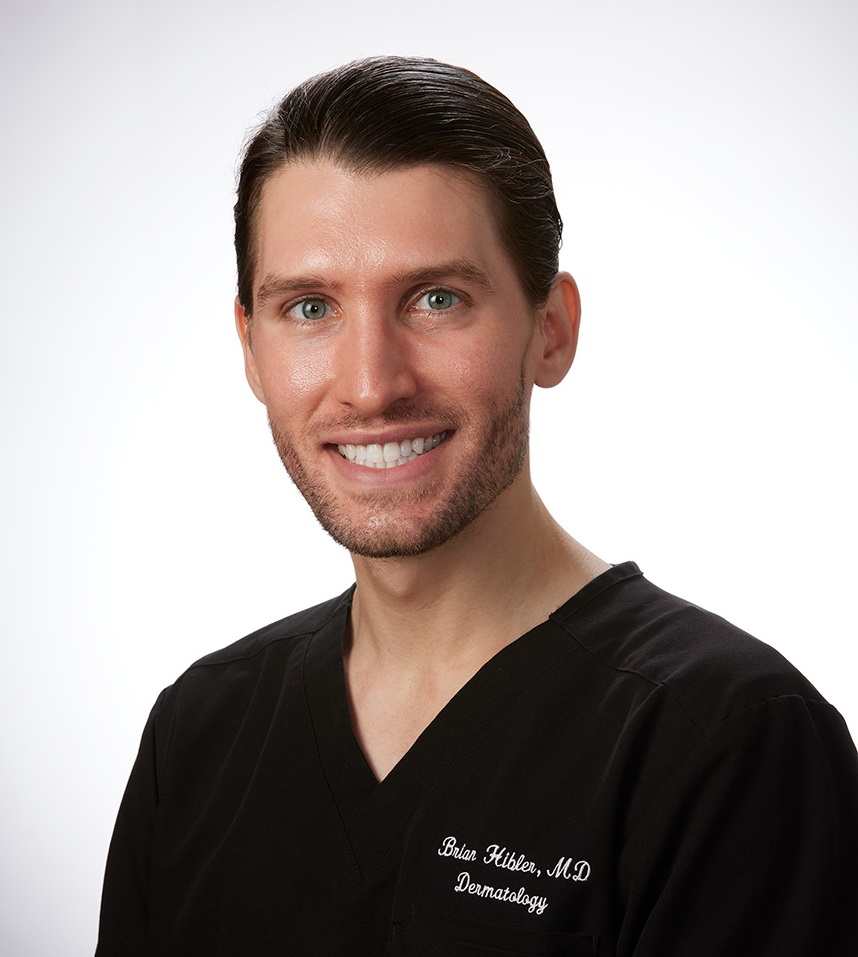
Dr. Brian Hibler is a board-certified cosmetic and medical dermatologist located in New York City. He completed his dermatology residency training at Cornell, followed by a prestigious fellowship in lasers and cosmetic surgery at Harvard Medical School, Massachusetts General Hospital, and the Wellman Center for Photomedicine, one of the leading laser and cosmetics centers in the world.
Dr. Hibler’s clinical interests include laser and light-based energy devices for the treatment of acne and acne scarring, rosacea, birthmarks, scars, and other dermatologic conditions. He combines topical skincare regimens with cosmetic procedures to produce natural, long-lasting results. His research focuses on how skin rejuvenation treatments may slow down the aging process, and he recently published a study showing that laser treatments may reduce future skin cancer risk.

Dr. Dendy Engelman is a board-certified dermatologic surgeon at Shafer Clinic Fifth Avenue. Dr. Engelman attended Wofford College in South Carolina and was inducted into Phi Beta Kappa and graduated summa cum laude with honors with a double major in psychology and French. She also played on Wofford's varsity volleyball team. Dr. Engelman earned the Presidential Scholar award while a medical student at the Medical University of South Carolina. She was also awarded the Humanism in Medicine Scholarship primarily for establishing and running a free medical care clinic in Charleston and in Haiti where she continues to serve on an annual mission with her family. Following medical school, Dr. Engelman completed her internship in Internal Medicine at the Mount Sinai Medical Center in Manhattan. In addition to a dermatology residency at the Medical University of South Carolina, Dr. Engelman completed a one-year fellowship in Mohs and dermatologic surgery, lasers, liposuction and vein treatments. She also has extensive training and experience in cosmetic dermatology–including neurotoxins, injectable fillers, and chemical peels. Most recently, Dr. Engelman was appointed Director of Dermatologic Surgery at New York Medical College where she oversees the training of future Mohs surgeons and dermatologists. She is a fellow of the American Academy of Dermatology, American Society of Dermatologic Surgery and American College of Mohs Surgery.

Siena Gagliano is the Beauty Editor at Marie Claire, where she writes and edits reported features, trend stories, and expert-backed shopping roundups. Before joining the team full-time, she was an editor at Cosmopolitan, where she specialized in SEO-first beauty content and commerce strategy. Her bylines have also appeared in Allure, ELLE, Bustle, Well+Good, Popsugar, and Women's Health, covering everything from the best products for brighter, glowier skin to the science behind face mapping. Curious about the behind-the-scenes magazine life and her go-to beauty picks? Follow her on Instagram at @sienagagliano.
